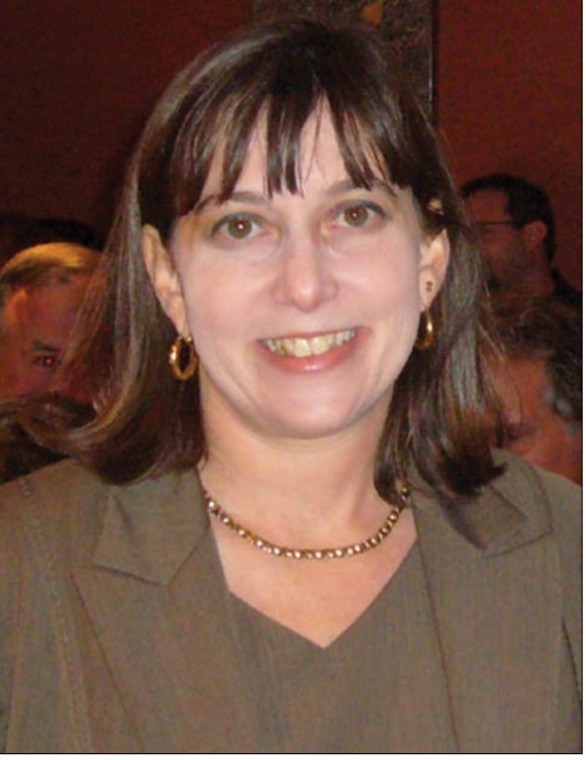A lesson for Mideast peace in U.S. struggle against racism: It’s all about education
Published May 11, 2011
One of the most powerful and memorable books I ever read was “The Help” by Kathryn Stockett, which provides glimpses into the relationships between black and white women in 1962 Mississippi. After I finished the book, I spent a lot of time thinking about how far this country has come in promoting equality for African-Americans and in creating an atmosphere in which overtly expressed racism is not tolerated. I know that there is still more progress to be made, but the level of integration and acceptance that exists today would have once been unthinkable.
No other country in the world has been as successful as the United States in eradicating racism and promoting tolerance of diversity. Without a doubt, this fundamental shift occurred in great part because of the American educational system. Our textbooks and lesson plans have been scrutinized to ensure that they are inclusive and accepting of all people, regardless of race, religion, or national origin. Our teachers and principals know that prejudice and negative stereotyping are not acceptable. This is how we have succeeded in raising a generation of Americans who are less racist than their parents.
I’d like to contrast the experience of America over the past 60 years with the experience of the Palestinian population, both inside and outside the Green Line (the 1949 armistice line, which is used to mark the dividing line between Israel and the territories captured in the Six-Day War, including the West Bank and Gaza Strip).
In 1987 and 1988 (before and during the First Intifada), I worked for a Jewish/Arab organization called Interns for Peace. We worked in the Israeli secular Jewish public school system and the Israeli Arab public school system (there is a separate system for religious Jews), trying to dispel stereotypes between Arabs and Jews, and facilitating meetings and cooperative activities between children and adults.
During that same time period, I had an Arab host family with whom I spent much of my free time. I called my host mother “Yama,” and my host father “Baba.” From them, I learned to live like an Arab girl, and I improved my knowledge of spoken Arabic. (I had studied classical Arabic in college.) People in my village knew me by my Arabic name, “Samiha” (forgiveness) and outsiders frequently mistook me for an Arab village girl.
The village where I spent my time was outside Nazareth and was considered a very moderate, pro-Israel, secular village. Most of the villagers voted for the left-wing Labor Party out of deference to one of their clan members, who was a Minister of Knesset in the Labor Party. As I got to know the villagers better, however, time and again people expressed their views that Jews have no rights to Eretz Yisrael, and that the hope and prayer of the Arabs in Israel is that someday, all Jews will be removed from Israel and the land will be ruled by Muslims.
I clearly remember the first-ever suicide attack in Israel: on July 6, 1989, a Palestinian seized the steering wheel from the driver of Bus 405, as it was en route from Tel Aviv to Jerusalem. The bus went over a steep precipice and tumbled into a ravine, killing 16 civilians, including two Canadians and one American, and wounding 27. Arab citizens of Israel, including the members of my adopted village, overwhelmingly celebrated and praised the driver for his heroic actions. These celebrations have been repeated over the years after many other horrific murders of Israeli civilians. Additionally, there have been many news reports of Palestinians in Gaza handing out candies to celebrate after Jews have been murdered.
Extensive documentation exists that demonstrates the efforts of both Hamas and the Palestinian Authority to teach children to oppose accommodation with Israel, and, in many cases, to train them to become suicide bombers. Last summer, over 1,000 children in Gaza underwent radical anti-Israel indoctrination at dozens of summer camps run by Hamas and Islamic Jihad. The camps included paramilitary training and military parades. A photo in the Jerusalem Post showed young children in military uniforms, standing in formation and pointing submachine guns.
Additionally, it is well documented that Palestinian Authority textbooks do not mention the word “Israel.” Palestinian maps portray “Palestine” as encompassing all of the territory that we know as “Israel,” as well as the West Bank and Gaza.
Last month, Gene Carton wrote a letter to the Light suggesting that there will never be peace in the Middle East unless Israel’s enemies acknowledge and declare openly that Israel exists. Even more, I believe that in order for there to be peace, Palestinians need to affirm that Jews have the right to live in Israel. Today, most Palestinians do not believe that Jews have this right. In order for change to take place, there must be systemic educational change, such as took place in the United States from the 1960s and until the present day. Only when there is mutual respect on the part of both parties will we be able to move forward in peace.
Galit Lev-Harir is a frequent contributor to the Jewish Light. Galit lived in Israel for nine years. Her husband, Elie Harir, owns The Mediterranean Grill, an Israeli-style restaurant in Chesterfield Valley.















